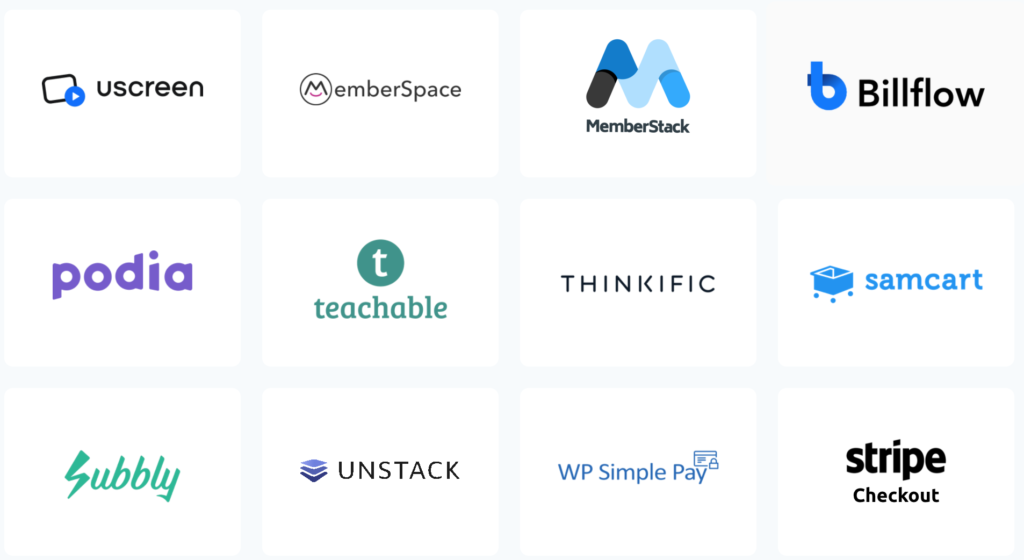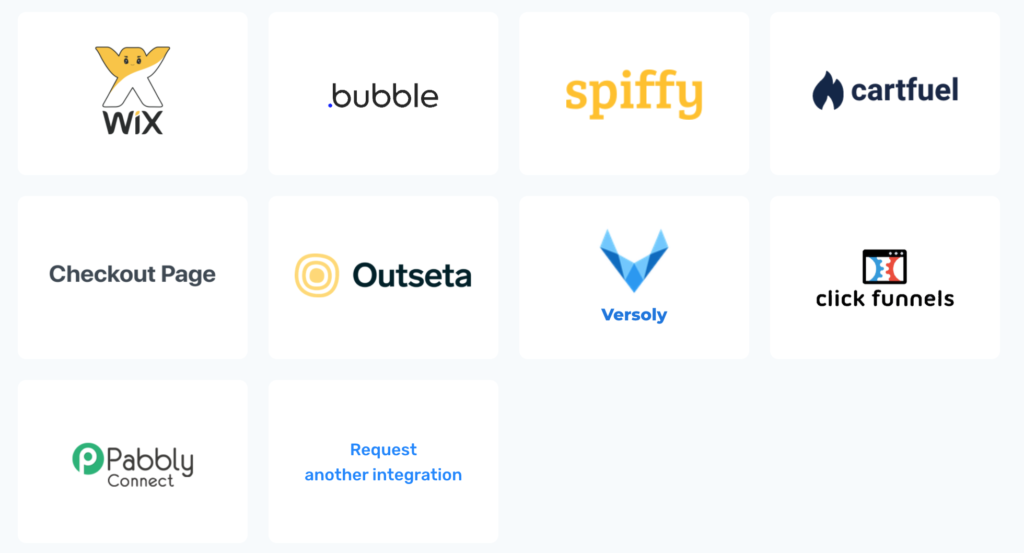Disclosure: I may earn affiliate revenue or commissions if you purchase products from links on my website. The prospect of compensation does not influence what I write about or how my posts are structured. The vast majority of articles on my website do not contain any affiliate links.
Over the years, I’ve been involved with a few SaaS products and other businesses that use Stripe for billing. These were never wildly successful enterprises, but that’s the truth for most of us trying to hustle online. We’re happy with what we can get. Thanks to advancements in technology, it’s much easier to bootstrap and maintain a business in 2021–even compared to 2016.
What is Affiliate Marketing?
One scheme that is becoming increasingly popular both among the smallest shops and the largest corporations is affiliate marketing. You’ve probably been hearing about it for years, but the reality is that it’s never been particularly easy to implement especially for recurring subscriptions. The concept behind affiliate marketing is simple. You provide affiliates, or, trusted brand partners, with personalized links. Through those links, you can track traffic and customer conversions directed from your affiliates to your site. You then pay the affiliates a percentage of what you earn from customers. This approach doesn’t cost a business anything to get started with and it provides the prospect of basically limitless compensation for the affiliate. It’s a win-win, especially for small businesses.
I’ve seen the benefits on both sides of the coin. Even here on my blog, which has chiefly been a passion project with over 150 unrelated posts. I started dabbling with affiliate links just a few months ago and the result has been encouraging. Not only have I covered all costs related to hosting this site over the last five years, but I have a little extra income compensating me for the amount of time I’ve spent writing. This motivates me to continue writing posts about things that interest me.
Why is it Difficult to Set up an Affiliate Program?
I’ve dabbled with a few affiliate programs over the years, and most of them were surprisingly… bad. While all of them give the impression that they’re “easy” to use, this usually comes at a cost of the functionality you actually want. I recently canceled one of my old affiliate subscriptions and was shocked to find out that I had to wait for support to reply to me before my cancelation would go through. Yikes!
I’m not going to name specific companies, but it’s shocking how many affiliate providers:
- Don’t provide seamless ways for new affiliates to sign themselves up
- Overcomplicate integrations and try to do way too much on their websites
- Provide no facility to handle recurring subscriptions, cancelations, refunded payments, or payouts themselves.
A lot of my old affiliate campaigns lost steam not because affiliates weren’t happy but because there was so much manual work involved to make everything work.
My Experience with Rewardful
After seeing some success on my own blog, I decided to once again offer affiliate programs in businesses I owned. I was so excited to see that there are some newer providers, such as Rewardful. The “big idea” behind these businesses is that they integrate directly with your Stripe Billing backend. They are members of the Stripe Partner program in which Stripe vets all providers and provides some guarantee of security and compliance. In other words, you can be sure that the provider isn’t going to drop a bomb in your Stripe system and delete all of your customers.
Rewardful handles all of the pain points I mentioned above in a clean interface for just $79 per month. They have a pretty long free trial period if you’re not convinced immediately. This is a competitive price.
Integrating Rewardful
First is setting up Rewardful with your site. It’s very easy, even if you’re not a developer. On their integrations page, you can see a lot of plug-and-play integrations that require no coding. You can even request a new one if they don’t already provide it.


I’m a developer, so I went with a custom integration. The guide was clear and only required a few steps. I was set up within a few hours using a combination of Javascript and PHP.
Campaign Management and Affiliate Signup
Once you’ve integrated with Stripe and have connected Rewardful to your site, the rest is a breeze. A child could do it.
When you set up your campaign, you set the recurring percentage payout for your affiliates. You also have the option to fine-tune the campaign with even more parameters.

When it comes time to ask affiliates to sign up, you’ll have a generated link to a special form on the Rewardful site. You won’t have to worry about providing this yourself. I remember having to implement this myself for a different affiliate provider that I set up many years ago. It was rough, and it’s beside the point. There’s no reason you should have to do it.

I had my first affiliate on the platform same day and he directed a customer to me in a matter of hours. Here is where Rewardful gets really useful.
Rewardful’s Two-Way Stripe Sync
Many other affiliate providers make things difficult because they can only “see” a customer’s initial payment amount. If all you’re doing is providing a kickback for single payments, they get the job done but not ideally. Most still charge just as much if not more than Rewardful.
Rewardful integrates directly with Stripe in what is described as a two-way sync. Rewardful remains aware of Stripe, Stripe remains aware of Rewardful. And, trust me, I tested it. As soon as a sale goes through, both the affiliate and the business receive an email informing them of an affiliate sale with the payout rate deducted.
If you’re selling a subscription product, all future invoices sent to that customer will automatically be processed by Rewardful as well. If you decide to cancel the customer and offer a refund, that is deducted against the amount paid to the affiliate, which is, you know, fair. Many providers struggle to do this–you’d have to actually code something yourself to make this possible, which defeats the whole point of an affiliate service provider entirely. You might as well code everything yourself! Realistically, this is probably the origin story behind some of these new-wave affiliate providers–they started as something that the founders actually needed.
Meanwhile, in Stripe, all of this information will be displayed, even if you don’t have access to the affiliate dashboard, since Rewardful will update the metadata with your information. Forgive me for hiding some identifying information here.

The cherry on top is the affiliate dashboard. Clear, concise reporting with the option to export all the data in a format that is easier for a machine to process. This is nice to have, but since there’s an email sent out for every signup, this is barely necessary. Between Stripe, the emails, and the dashboard, it’s easy to stay on top of the current state of the affiliate program.

Summary
Rewardful simplified everything that my business partners and I hated about maintaining our referral programs. Now, we get to focus on what we’re good at, actually running the business! We can continue to locate and work with our affiliates at our own pace, not pressured by unreasonable fees or systems that cannot handle the payout structures that customers want. It’s been a dream, and as more businesses find out about this two-way sync, Rewardful is certain to leapfrog their competitors who are not up to speed.




